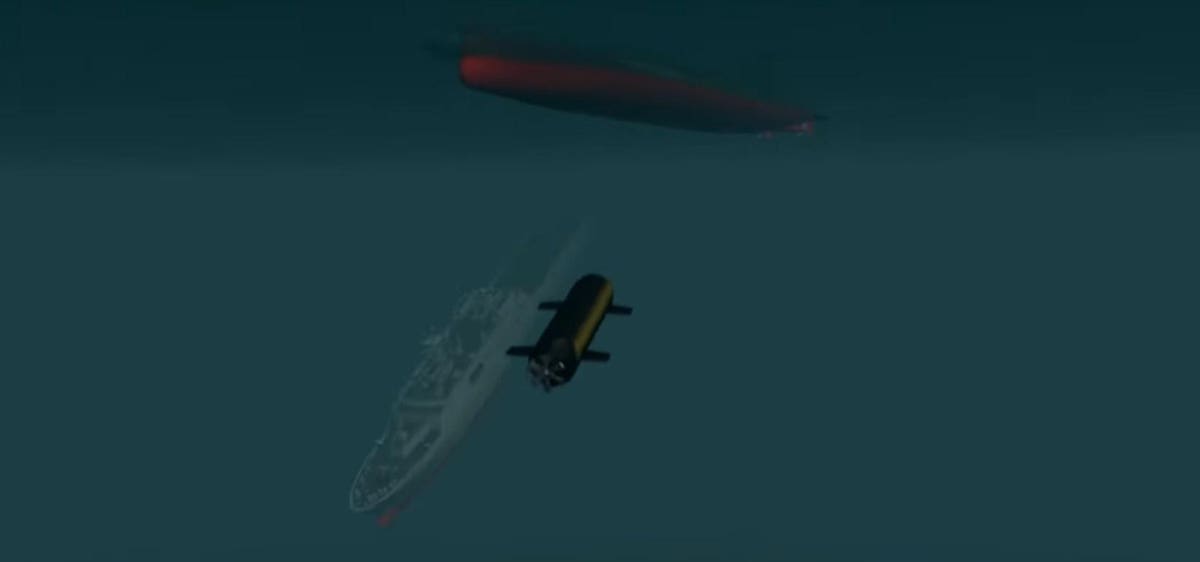Ukrainian submarines never were a major problem for the Russian Black Sea Fleet. And for nearly a decade starting in 2014, they weren’t a problem at all. That’s the year the Ukrainian navy’s only submarine, the 1970s-vintage Zaporizhzhia, finally decommissioned.
Facing no undersea threat from its likeliest foe, the Black Sea Fleet reorganized mostly for anti-air and anti-surface warfare. That the fleet wasn’t preparing for intensive anti-submarine warfare really didn’t matter all that much.
That changed in late August, when Ukrainian firm Ammo Ukraine launched Marichka, a prototype unmanned undersea vehicle, or UUV. The 18-foot-long, torpedo-like drone—which presumably navigates by way of an internal, inertial system—can haul hundreds of pounds of explosives over a distance of up to 600 miles and strike Russian warships where they’re most vulnerable.
“By operating below the waterline, UUVs have an obvious advantage in terms of stealth,” wrote Scott Savitz, a senior engineer at the RAND Corporation in California. “Moreover, striking below the waterline can be especially damaging.”
Worse, the Black Sea Fleet isn’t ready to detect and intercept small UUVs. The first indication drone subs are attacking, say, the Black Sea Fleet’s Crimean anchorage in Sevastopol, could be a series of underwater explosions.
Yes, the Black Sea Fleet still has three sonar-equipped Admiral Grigorovich-class frigates that also carry Kamov Ka-27 helicopters, plus an entire anti-submarine division with up to three modern Project 22160 corvettes—although it’s possible at least one of the corvettes suffered damage from Ukrainian drone boats earlier this month.
The issue is that the frigates have spent the 20 months of Russia’s wider war on Ukraine sailing just short distances into the western Black Sea to fire Kalibr cruise missiles at Ukrainian cities.
The threat from Ukraine’s drone boats and ground- and air-launched ballistic and cruise missiles—which so far have destroyed a cruiser, three amphibious ships, a submarine, a supply ship and several patrol boats and landing craft—makes longer sorties extremely dangerous for the 4,000-ton vessels.
The Black Sea Fleet’s smaller vessels do venture farther from home. Not because it’s safer for them, necessarily—but perhaps because fleet leaders are more willing to risk them.
But the Project 22160 corvettes belonging to the Black Sea Fleet’s anti-submarine division apparently don’t have sonars. It’s telling that, when the division sortied for a sub-hunting drill back in April, a pair of obsolete Grisha III-class corvettes did the actual ASW work while, according to Russian state media, the Project 22160 Vasily Bykov “screened” the sonar-equipped Grishas.
All that is to say, the Black Sea Fleet isn’t prepared for what might be coming. The Ukrainian navy already is hammering the fleet with drone boats and missiles. Soon it might add harder-hitting, harder-to-detect drone submarines to the onslaught.
Read the full article here





